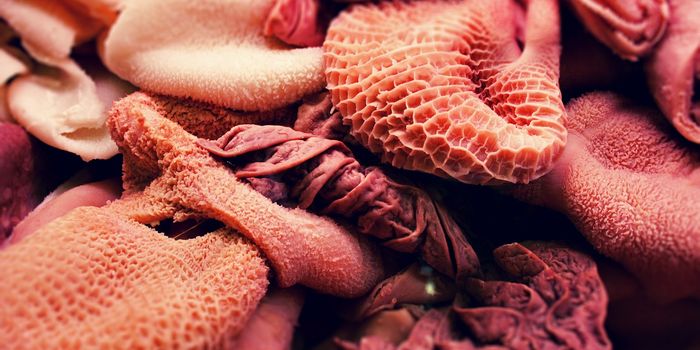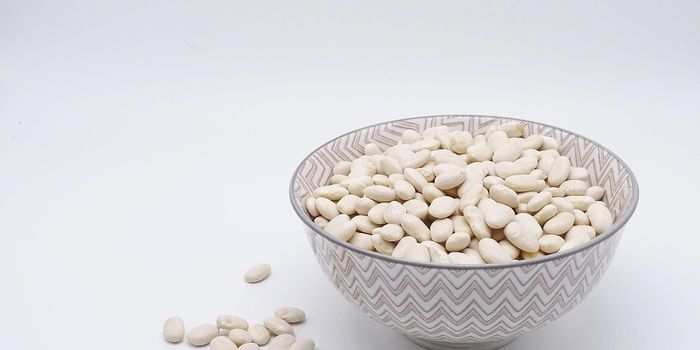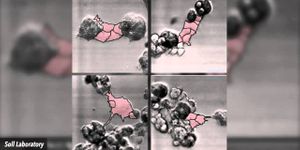Bacteria are a little more clever in the way they enter the body and stay undetected than scientists realized. From the University of North Carolina (UNC) School of Medicine, scientists have identified bacterial “hitchhikers," bacteria that find lodging in the body’s own immune cells.
Francisella tularensis is the agent causing a disease called tularemia. All patients with tularemia show signs of fever, but depending where the bacteria entered the body, secondary symptoms can vary. Some symptoms are sore throat, skin ulcers, mouth ulcers, and difficulty breathing (CDC). Tularemia can be treated with antibiotics, but the new discovery from UNC has scientists thinking there could be another way, one without the potential for bacteria to grow back resistant and stronger than ever.
According to the team from UNC,
F. tularensis has “remarkable virulence,” meaning that it takes very few bacteria to cause an extensive infectiom in a human host. In their study, recently published in the journal
eLife, UNC researchers discovered that
F. tularensis has another secret weapon: the ability to hijack macrophages and survive inside of them.
Macrophages are vital cells of the immune system during a bacterial invasion. They “eat” pathogens and apoptotic cells, and they activate immune effector molecules as backup (Nature). In addition to finding refuge in macrophages, the very cells the body recruits to destroy pathogens like bacteria,
F. tularensis interferes with macrophages’ own apoptotic function. Apoptosis is a mechanism cells depend on to self-destruct when they have been compromised. By preventing macrophages from destroying themselves,
F. tularensis has more time to spread to other cells, exacerbating the infection.
And how do they spread to other cells? Again,
F. tularensis takes advantage of regular macrophage function to serve its own purpose. A process called “trogocytosis” describes an exchange between cells where they “bump against each other, exchange a few surface proteins, and separate.” In their study, UNC scientists discovered that
F. tularensis bacteria prompt macrophages to participate in trogocytosis more often, jumping from cell to cell while they do so.
The scientists from the UNC study are hoping that by temporarily inhibiting trogocytosis, bacterial infections that take advantage of macrophages in this way can be thwarted in a more long-lasting manner, since bacteria most likely will not be able to develop resistance.
Source:
UNC Health









